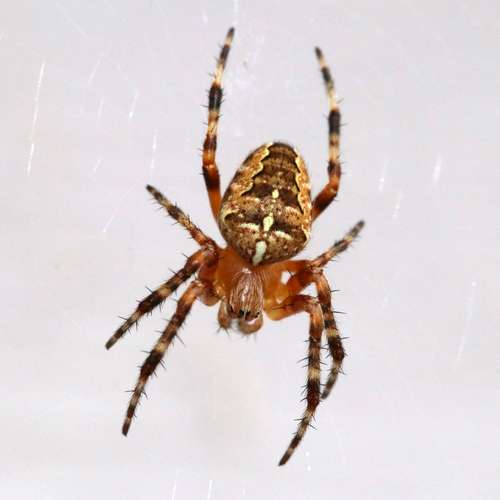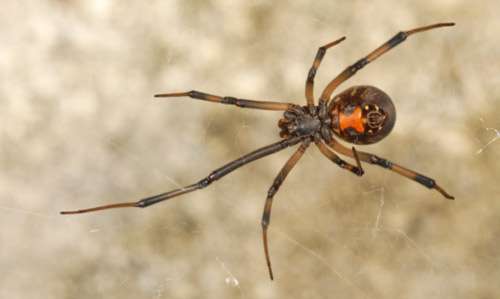
The funnel-web family Agelenidae includes the spider species Tegenaria domestica, also referred to as the domestic house spider in Europe and the barn funnel weaver in North America.
Geographic Distribution
Domestic house spiders are found almost everywhere in the world. Their geographic range includes Central Asia, parts of the Middle East, North Africa, and Europe. The Americas, Australia, and New Zealand have all received them.
They can be found throughout Europe, from the Mediterranean Sea and Greece in the south to as far north as Scandinavia. It is listed in the checklist of spider species for Denmark. The species can be found in North America from as far north as maritime Canada all the way down to the southern United States.
Habitat
It can create a funnel-web in places that are frequently darker, like flower beds, wood piles, and similar. When it is discovered in homes, it is frequently located in the basement, in the shadowy nooks and crannies like closets. Since it is a nocturnal spider, it is usually found when the lights are on and it is darting for cover (or its web).
Diet
Common indoor insects that are eaten by house spiders include moths, earwigs, roaches, flies, and mosquitoes. They will capture and consume other insects, they are carnivorous.
Appearance
- Domestic house spiders have elongated bodies, a cephalothorax that is somewhat flattened, and a straight abdomen. Their body to leg ratio is usually between 50% and 60%.
- One of the lesser-known species in the genus Tegenaria is T. domestica. Male body lengths range between 6 and 9 mm and female body lengths between 7.5 and 11.5 mm (0.30 and 0.45 in) (0.24 and 0.35 in).
- Prior to its transfer to the genus Eratigena and subsequent separation into three distinct species, it was believed to be a close relative of the Giant House Spider.
- Typically, the longer, more nimble legs, swollen pedipalps, and expanded belly of males set them apart from females. Other differences are purely behavioral.
- An adult T. domestica is normally dark orange to brown or beige in color (perhaps even grayish), with two dull, black, longitudinal stripes on the cephalothorax and striped legs as frequent features.
- The top of the abdomen features a chevron pattern that runs longitudinally across it. The abdomen is mottled in shades of brown, beige, and gray (similar to an argyle pattern).

Defensive Behavior
T. domestica is not a species that is very aggressive, and when confronted, it frequently runs away. The spider will typically withdraw to the funnel tip and cease responding to any activity as long as its web is not disrupted. The spider will try to escape the area or may curl itself into a ball against a wall or other adjacent object if its web is attacked and partially broken. Place the open end of the container such that it faces the spider, if available, or another similar object to push or corral the spider from behind in order to escort it into the container for removal. A spider will typically move inside the container that is set in front of it since its first reaction when startled from behind is to move forward.
Life Cycle
Within a year of emerging from the egg sac, young T. domestica spiders reach maturity. The summer months of June and July have the highest male population, indicating that this is when mating usually takes place. The males rarely survive longer than a year and typically pass away in the autumn, shortly after mating. The females frequently eat the males of the species, like the majority of spiders, after mating. If they can locate a suitably safe place to spend the winter, females frequently make it through the season and into the following year, and they may lay many egg sacs. Some T. domestica females have apparently survived for up to seven years in rarely disturbed and temperate environments. Females that live indoors often survive for more than one or two years on the same web (attics, basement or cellar parts, storage rooms, etc.).
Table





